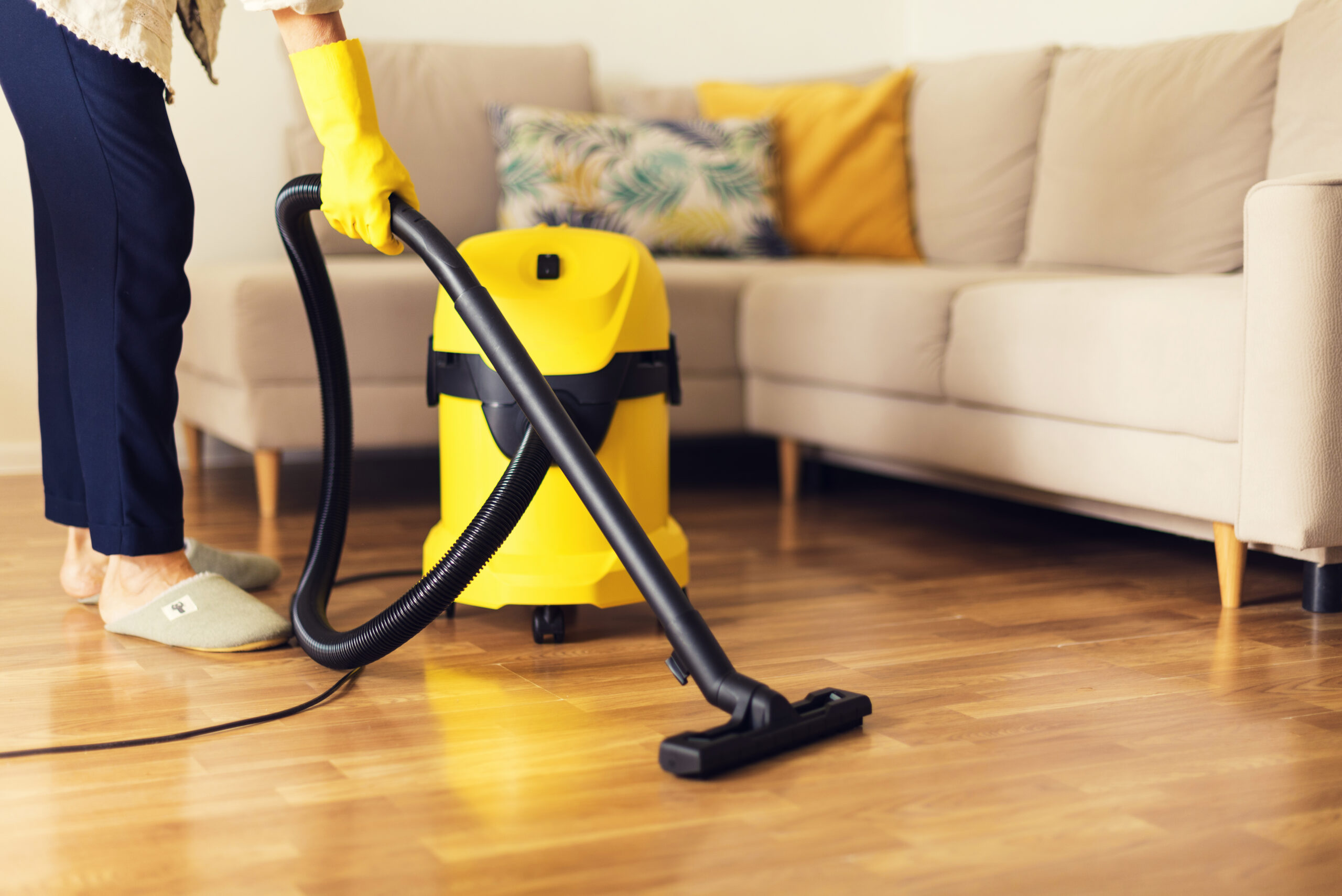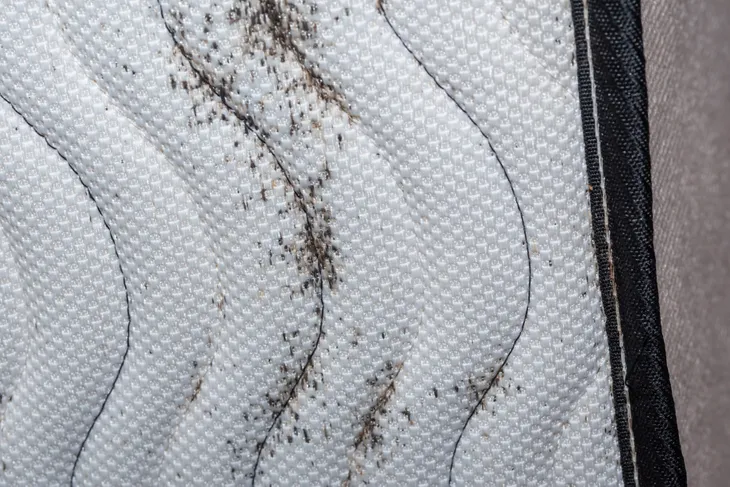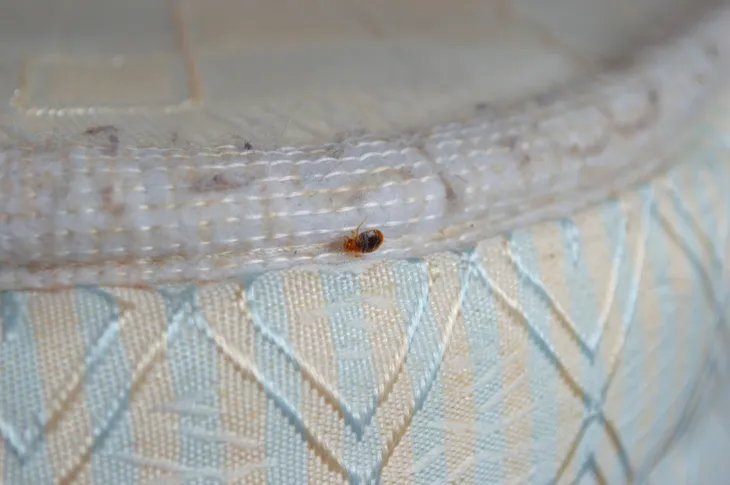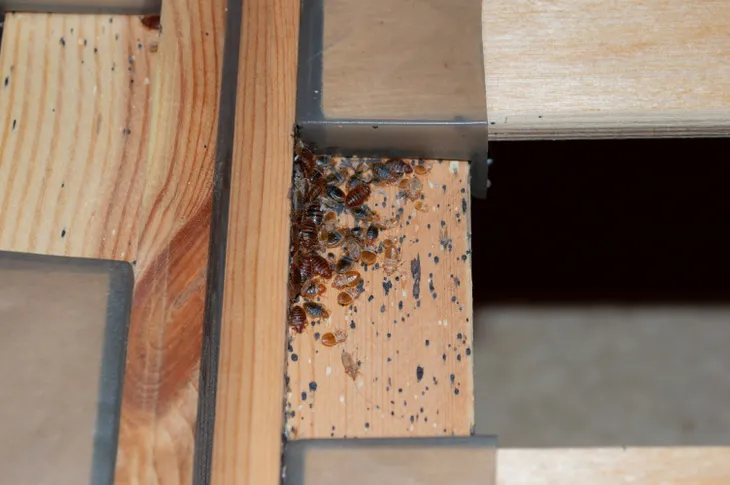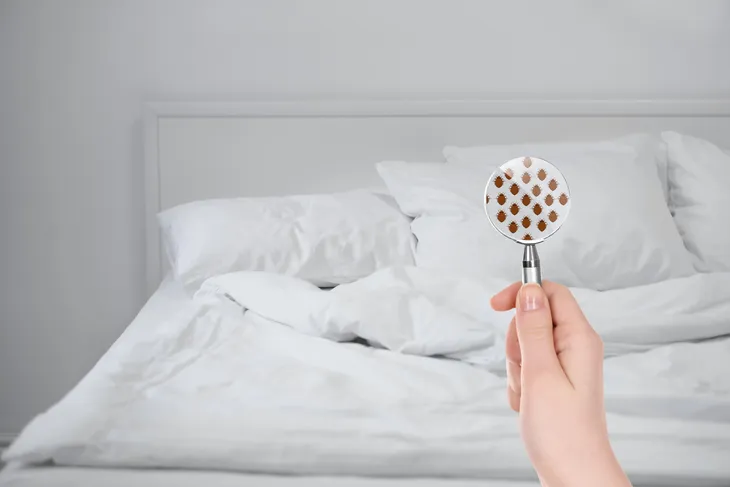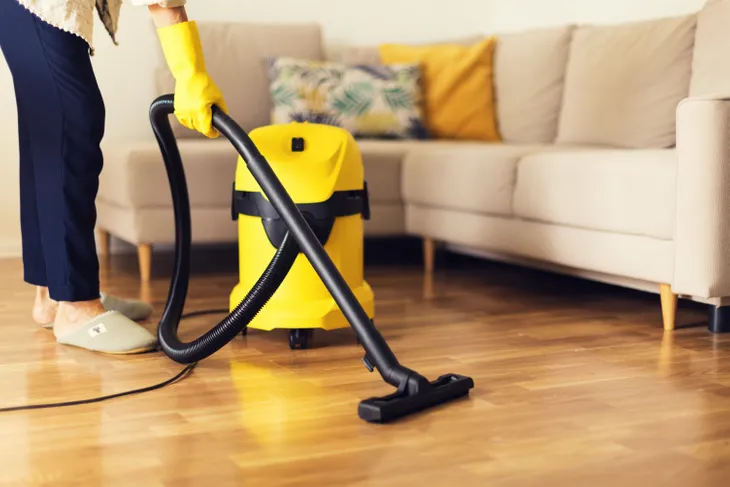We’ve all wished someone a good night’s sleep using the phrase, “Sleep tight, and don’t let the bedbugs bite!” However, real bedbugs, which are tiny, round, brown insects that feed off human and animal blood, are actually a nightmare to deal with and rid your home of.
Although bedbugs create quite the nuisance, they don’t carry or transmit diseases and they don’t favor dirty surroundings. However, these tiny nuisances do stow away in luggage and may end up in your home even if you keep it spottless. Here are eight things you need to known about bed bugs…
1. How Bedbugs Enter your Home
Bedbugs are wily little insects. They typically stow away, undetected, in luggage, but can infest a home if they’ve already set up residence in a used mattress, couch, or clothing.
Bedbugs are shaped like flat ovals—and they’re about the size of an apple seed and the width of a credit card, which makes it easy for them to squeeze into hidden spaces. However, when they feed on a blood meal, a bedbug’s body will swell up and turn red in color.
2. Where Do Bedbugs Live?
You won’t see signs of bedbugs on your walls or ceilings as these insects don’t fly. They prefer to live in hidden spaces in large groups, but they don’t build nests. Instead, a female bedbug will lay hundreds of her eggs in mattresses, box springs, or couches, within close range of a human or animal to feed.
Since one female bedbug can lay hundreds of eggs, a small infestation can quickly lead to a large group hidden in your mattress, box springs, headboard (if it’s padded), couch, or easy chairs.
3. Spotting Bedbugs
Each egg is about the size of a dust particle, but once hatched, young bedbugs or nymphs will prey on human and animal blood during the night, shedding their skin up to five times and feasting on a blood meal before each shed. Bedbugs can reach maturity in about a month.
Although bedbugs tend to stay hidden, you may catch sight of a tiny brown speck running over your floors or around a wall near a couch, headboard, bedframe, or mattress.
4. Danger of Bedbugs when Travelling
On top of pickpockets, non-bottled water, and sun exposure, international travellers should always be on the look out for bedbugs. Hotel rooms and hotel beds are a common place to find them.
Before unpacking or unzipping your luggage, check your room for signs of bedbug infestation. You may notice signs of their presence in reddish or dark streaks on the hotel mattress. However, padded headboards and hotel couches and chairs are also prime residences. You may notice signs of bedbug’s shedding skin, left as black or brown translucent specs. If you see signs of bedbug infestation, leave your luggage unpacked and request a new room or find other accommodations immediately.
5. Bedbug Prevention After Travel
If you mistakenly take home bedbugs after traveling, they’ll most likely be in your luggage. Upon returning home, it’s always best to inspect your suitcase and its contents outdoors before transporting it inside.
To prevent a bedbug infestation, seal all clothing in a Ziploc plastic bag when you travel, and wash all of your clothing in hot water immediately upon returning home. Also, dry clothing on high heat to kill any living insects.
6. Finding Unwelcome House Guests
Everyone enjoys bringing a souvenir home from their travels, but bedbugs and the bites they promise are not what most of us have in mind.
If you miss a live bedbug in your luggage, it’s quite possible that they will infest your home quickly. If they do, you’ll notice those same dark-reddish streaks on your mattress as well as bite marks on your body that appear painless at first, but turn into itchy welts on areas exposed when sleeping. You may even see signs of tiny brown bedbugs in and around your bed.
7. Banishing Bedbugs
If you notice signs of bedbugs in your home or on your body (bite marks) the best thing you can do is act quickly. Immediately vacuum and steam-clean your mattress, box spring, bed frame, headboard, rugs, clothing, and surrounding areas to kill and suck up any live eggs and insects. Remember to empty the vacuum right away to rid your home of insects.
If the infestation is bad, bedbugs may be living in your baseboards, molding, walls, behind light switches, and crevices of your home. Inspect all for signs of tiny brown bodies the size of an apple seed and bring in an exterminator who has experience with these pests need be.
8. Further Bedbug Prevention
A zippered mattress cover and separately sealed box spring cover will help prevent new bed bugs from taking up residence. Bug control is also a wise idea and your local botanist or garden center may suggest a series of herbal plants to control and prevent future infestation.
For instance, natural plants—such as black walnut leaves and garlic, can be used as non-chemical insecticides and protect your home against bedbugs. Ground cayenne is also a powerful, natural bug deterrent.
